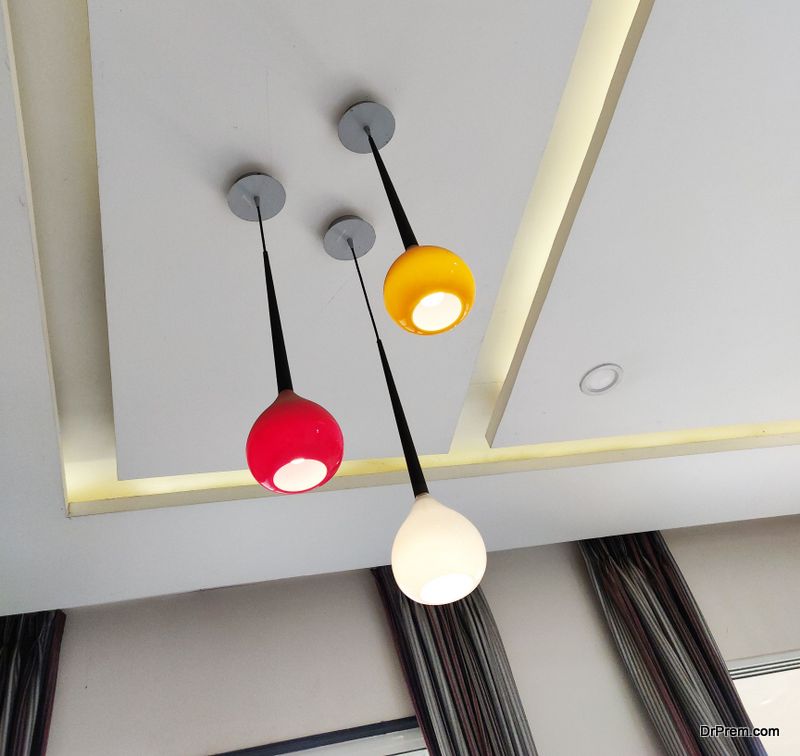If you’re looking for new properties to acquire, there are always well-priced fixer-uppers out there, but they require a lot of work – and they can be costly to rehab. What’s worse, if you opt for new materials, improving an older home can be pricey and wasteful. There’s good news, though, for ambitious real estate investors who are willing to do a little groundwork to source sustainable materials.
So are you ready to tackle the fixer-upper you’ve had your eye on? Get started with these 3 green improvement practices, perfect for creating a stylish, eco-friendly home.
1. Work with Salvage
 Most people outside the construction industry don’t think about salvage stores much, but if you’re rehabbing an older home, salvage stores are the perfect resource. That’s because they offer quality, second-hand materials at affordable prices. In fact, you can often get much nicer materials at salvage stores than you would be able to afford otherwise, and these stores prevent you from contributing to material waste, whether you’re buying wood paneling or lighting fixtures.
Most people outside the construction industry don’t think about salvage stores much, but if you’re rehabbing an older home, salvage stores are the perfect resource. That’s because they offer quality, second-hand materials at affordable prices. In fact, you can often get much nicer materials at salvage stores than you would be able to afford otherwise, and these stores prevent you from contributing to material waste, whether you’re buying wood paneling or lighting fixtures.
What items should you look for in salvage stores? Some improvements that particularly contribute to a greener home environment include LEED-certified doors and windows and ceiling fans. The goal is to look for materials that will reduce energy waste, as well as water waste, so you should also look for low flow kitchen and bathroom fixtures in the salvage shops.
2. Look for What Lasts
One reason there are so many fixer-uppers on the market is that a lot of properties were built with cheap materials that quickly broke down. In some cases, this just means that the surface level features have broken down – paint is chipping, the floors are worn out linoleum – but in other cases, it might mean that there are significant problems with the foundation or framing. You shouldn’t invest in a fixer-upper with serious structural issues – those homes tend to turn into bottomless money pits – but if you can find a property with primarily cosmetic issues, then you can upgrade it with materials that will last.
In terms of materials that will last, consider sustainably made tile and countertops, such as those made with reclaimed or recycled materials. Quality natural materials almost always last longer than mass-market synthetics, and will look nicer when the improvements are completed.
Another material to keep an eye out for in salvage shops is reclaimed wood for flooring. It’s expensive to get attractive hardwood flooring new, and it’s thoroughly unsustainable since acquiring it often means cutting down old-growth forests. As you can see in many older homes, though, wood floors like this can last for decades with proper care.
3. Know What You Need New
 When it comes to dealing with a fixer-upper, especially when you’re trying to ensure that the final environment is a sustainable one, you will occasionally need to buy certain new materials. The key is to ensure that you’re making smart choices. Solar panels, for example, have improved greatly over recent years and are hard to find used, so they’re worth buying new. The same is true for many smart home devices – they’re just beginning to hit peak performance, and can do a lot to manage your home environment and reduce waste. It’s okay to buy new, as long as you’re judicious about your purchases.
When it comes to dealing with a fixer-upper, especially when you’re trying to ensure that the final environment is a sustainable one, you will occasionally need to buy certain new materials. The key is to ensure that you’re making smart choices. Solar panels, for example, have improved greatly over recent years and are hard to find used, so they’re worth buying new. The same is true for many smart home devices – they’re just beginning to hit peak performance, and can do a lot to manage your home environment and reduce waste. It’s okay to buy new, as long as you’re judicious about your purchases.
Restoring a fixer-upper is a lot of work and it’s not a project to undertake lightly. You need the money, the tools, and the skills to do it successfully. Still, it’s undeniably satisfying to turn a crumbling property into something beautiful, and even more so to make it a greener space in the process.
Article Submitted By Community Writer




